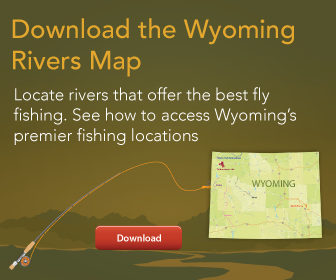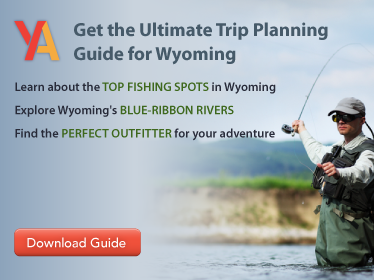Fly fishers who seek to get far from the maddening crowd should consider the Clark’s Fork, as it offers ample fish, scenic beauty and alluring solitude. The river makes its grand entrance into Wyoming from Montana through a rift in the jagged, glaciated Absaroka Mountains. Surrounded by soaring, snow-capped peaks, the river is bounded by the Beartooth Mountains to the northeast and the rugged Sawtooth Mountains to the southeast. Running for over 60 miles through the state, its upper waters are full of Yellowstone cutthroat, rainbow and brook trout while grayling and brown trout can be found below the famous Canyon section as the river makes its way back to Montana.

Designated as Wyoming’s first Wild and Scenic River, it flows through verdant, conifer forests, a stunning, 20 mile-long Canyon area, and open farm and ranch lands. The river descends from 8,500 feet at its headwaters near Cooke City to less than 3,000 at its northeastern crossing at the state line. The spectacular canyon portion of the river is as popular with hikers, kayakers and river rafters as it is with fishermen. Adventurers around the globe come here to experience its Class IV to Class VI rapids.

Technically the river is open year-round for fishing although the Colter and Beartooth passes are usually blocked by snow until late May. Public access can be gained from the highways that parallel most of the upper river through the Shoshone National Forest and anglers can, with a few exceptions, stop and fish at their leisure. Much of the lower river runs through private land although the Wyoming Game and Fish manage 4 public access points making it possible to enjoy fishing in these waters. Spring runoff can continue through June, sometimes even into mid-July, and then tends to remain steady from late summer and well into September.